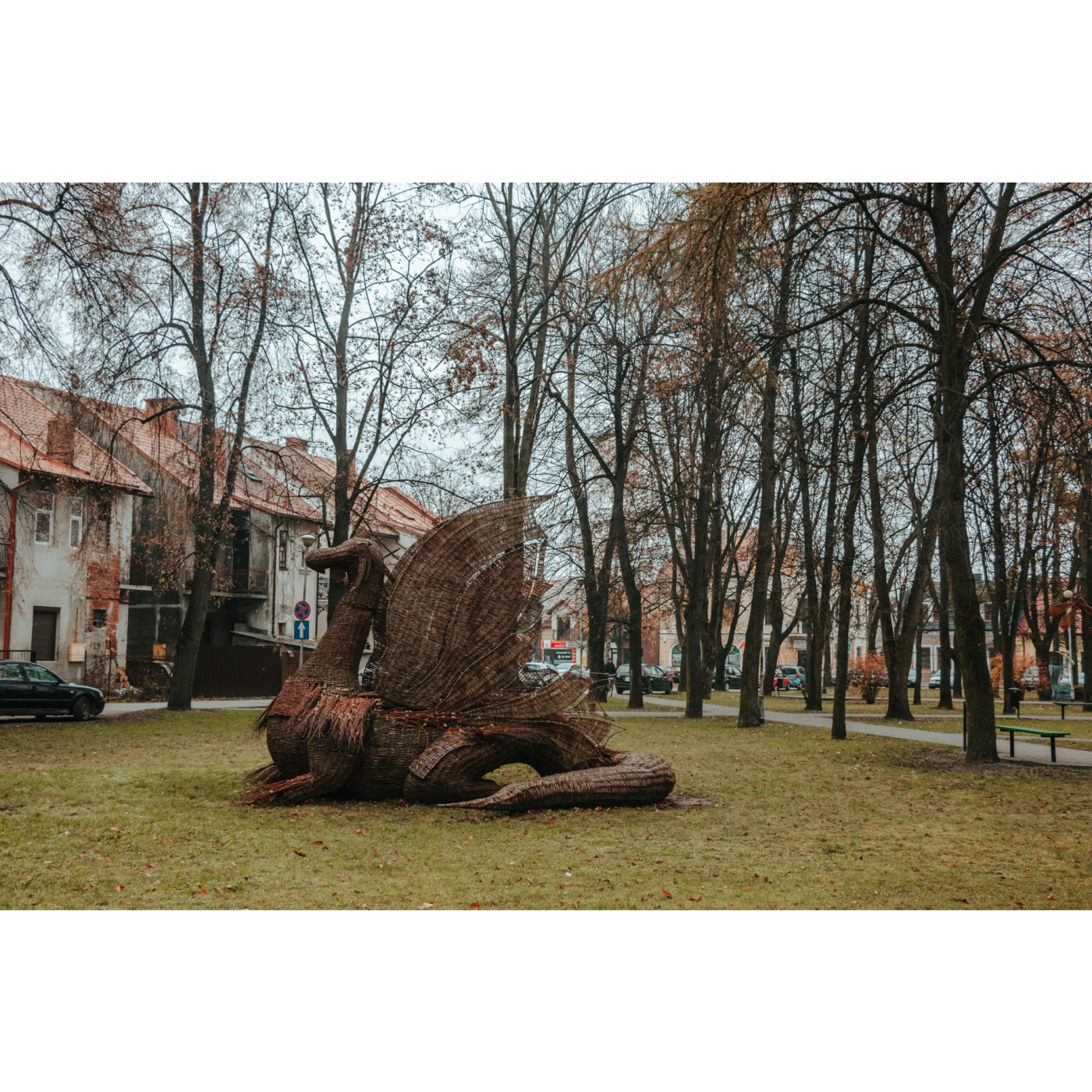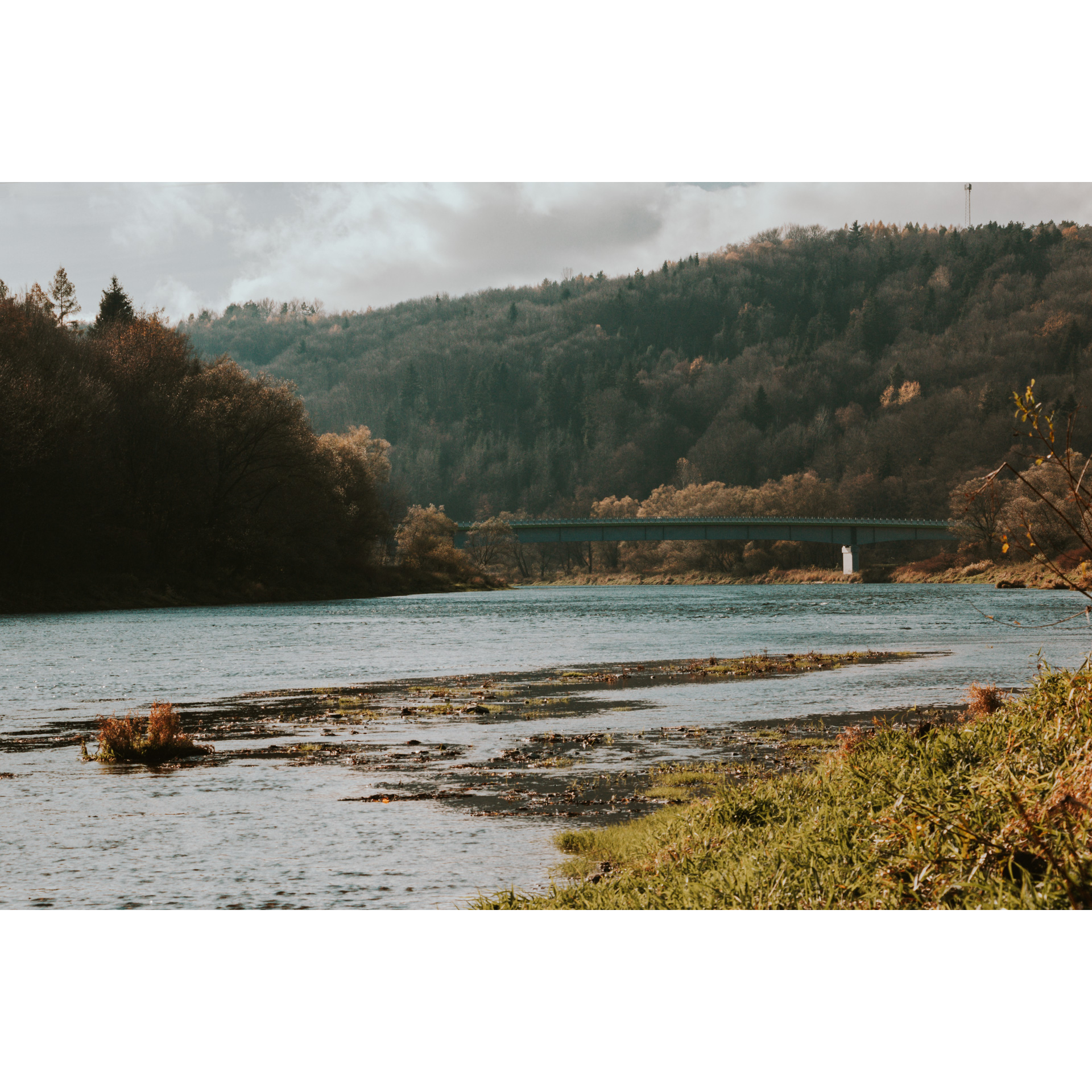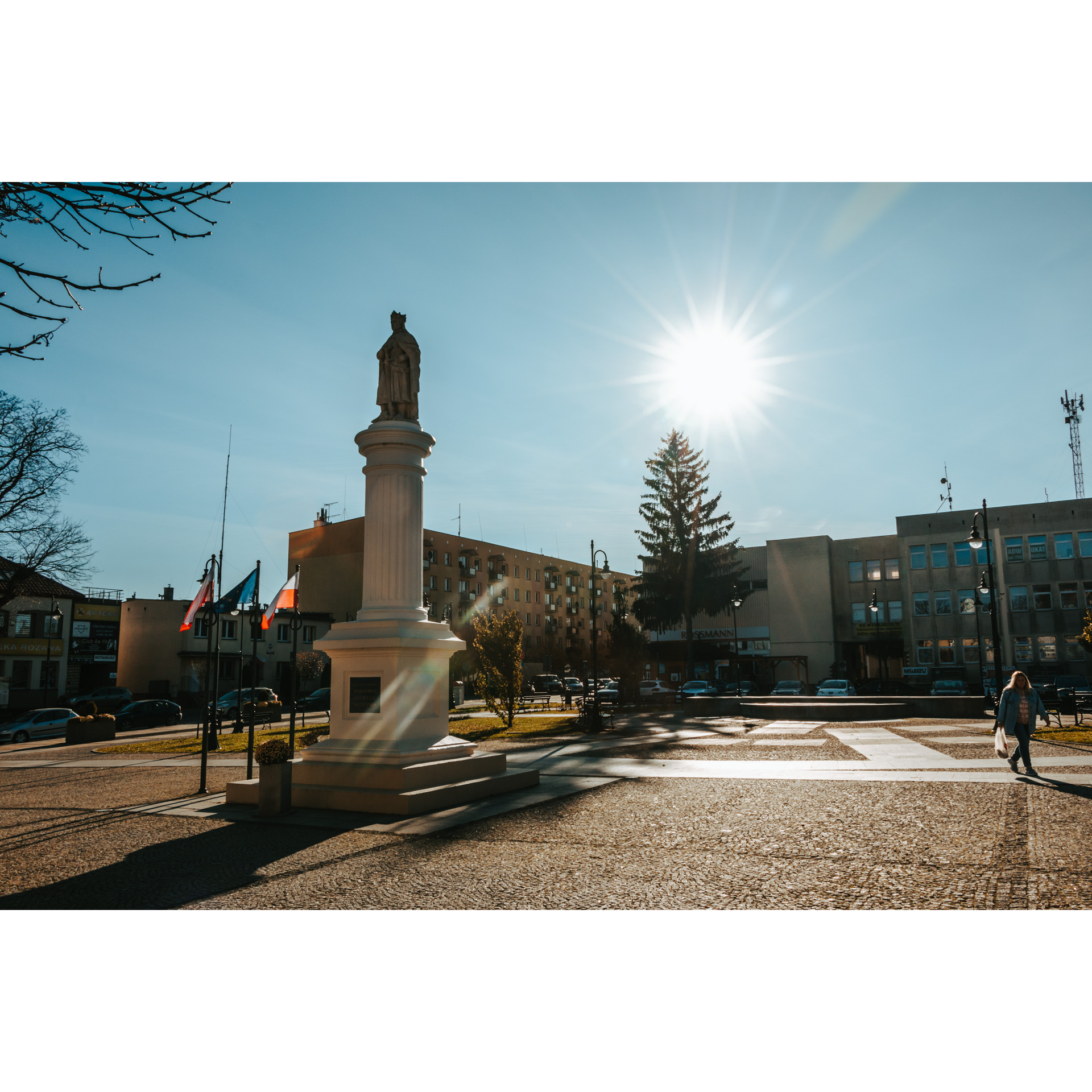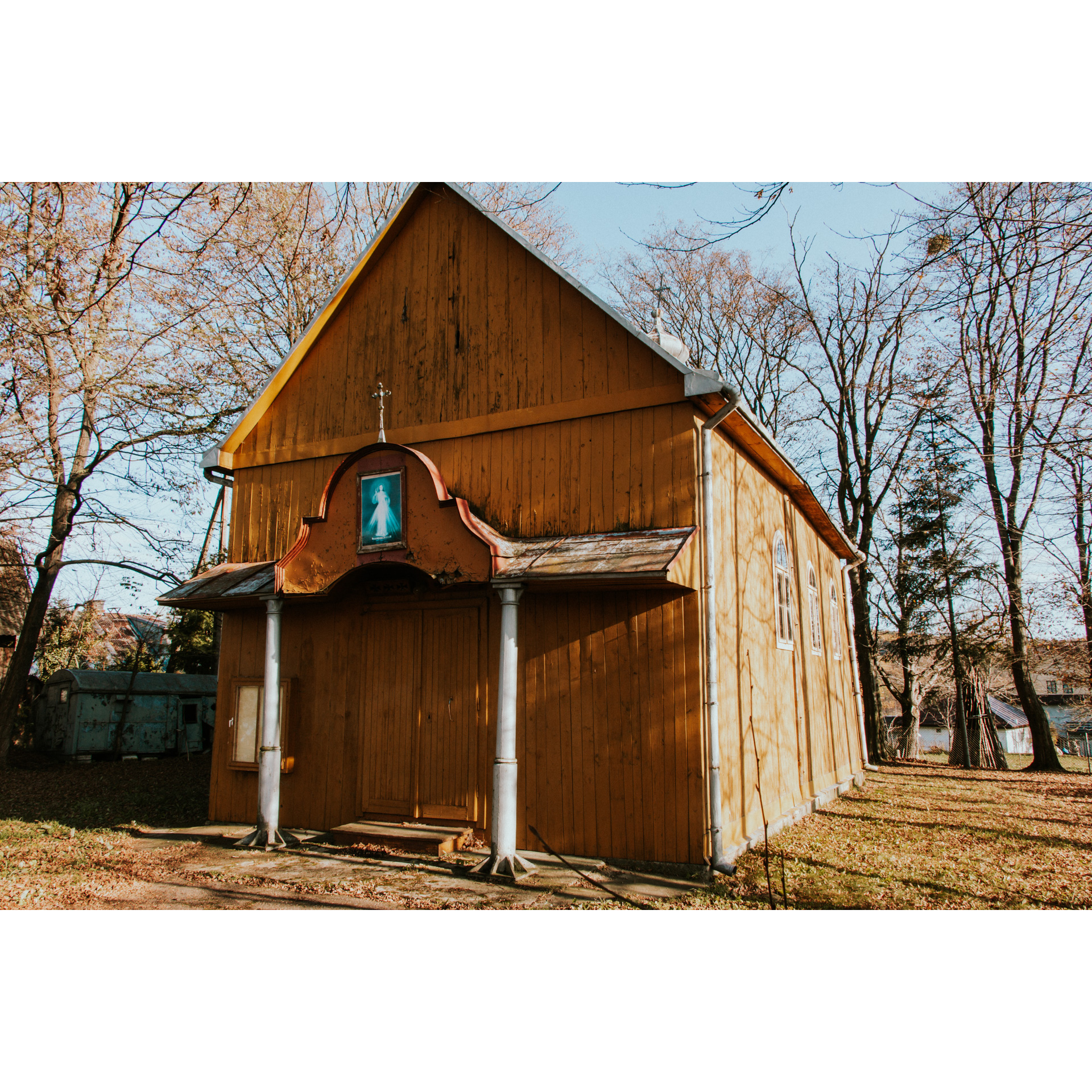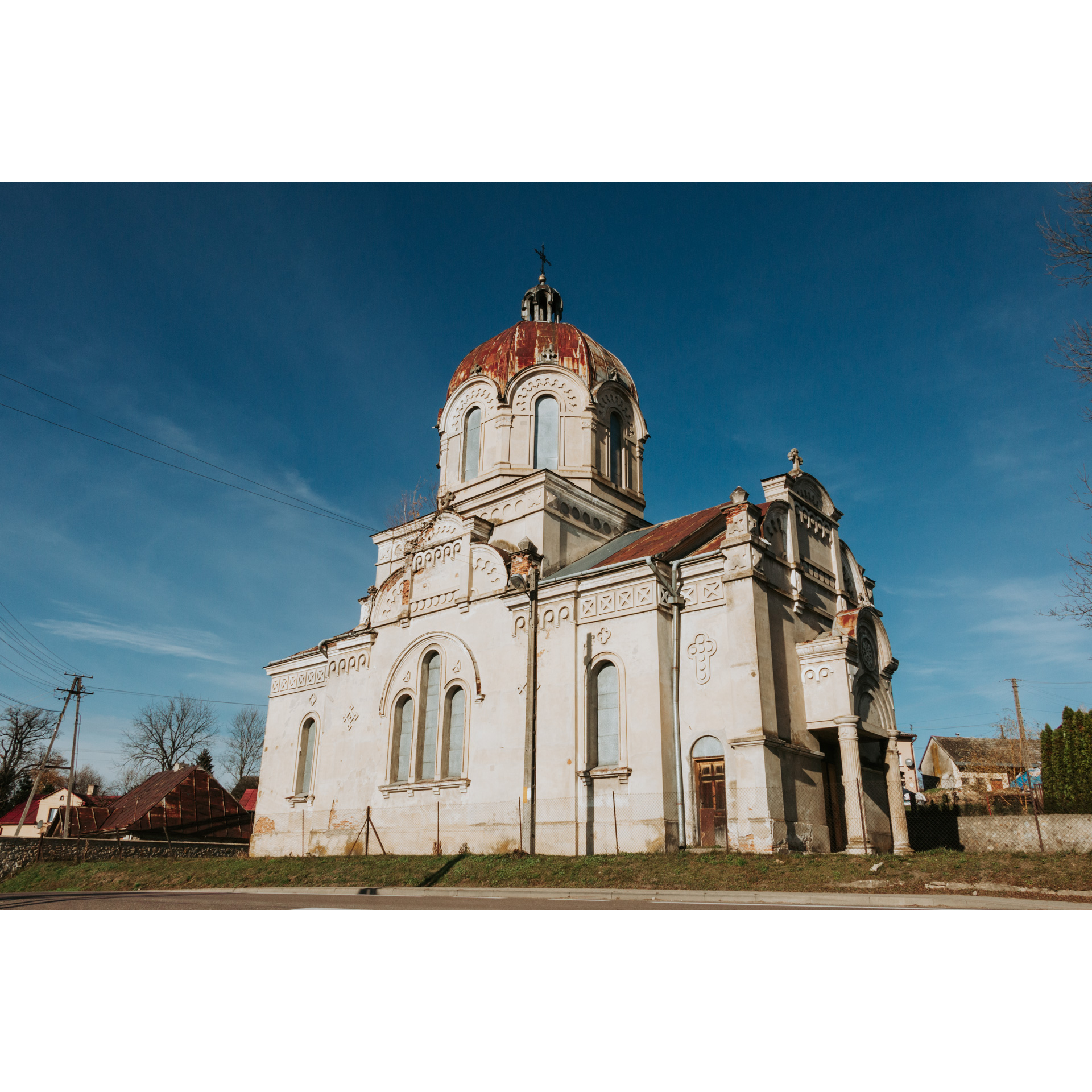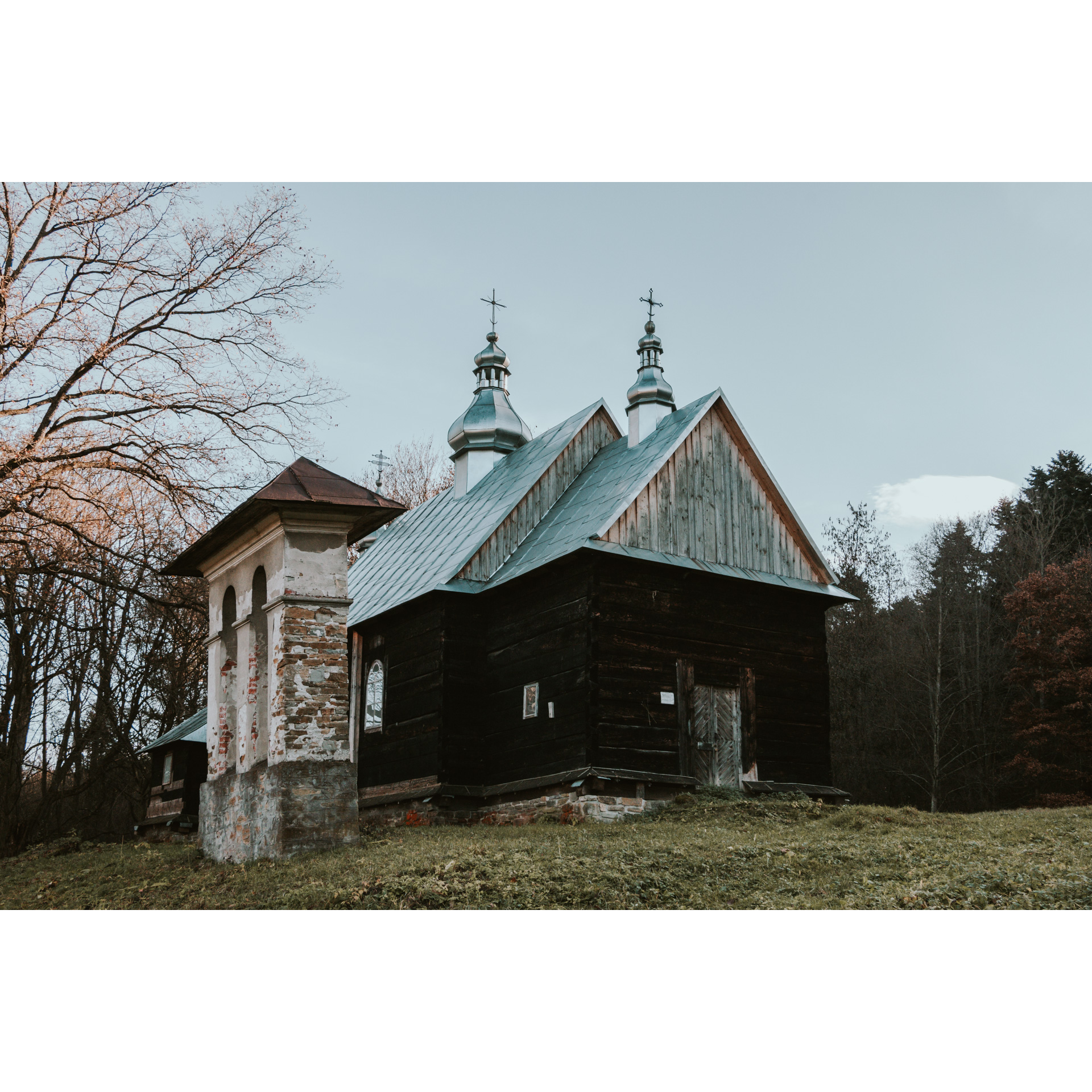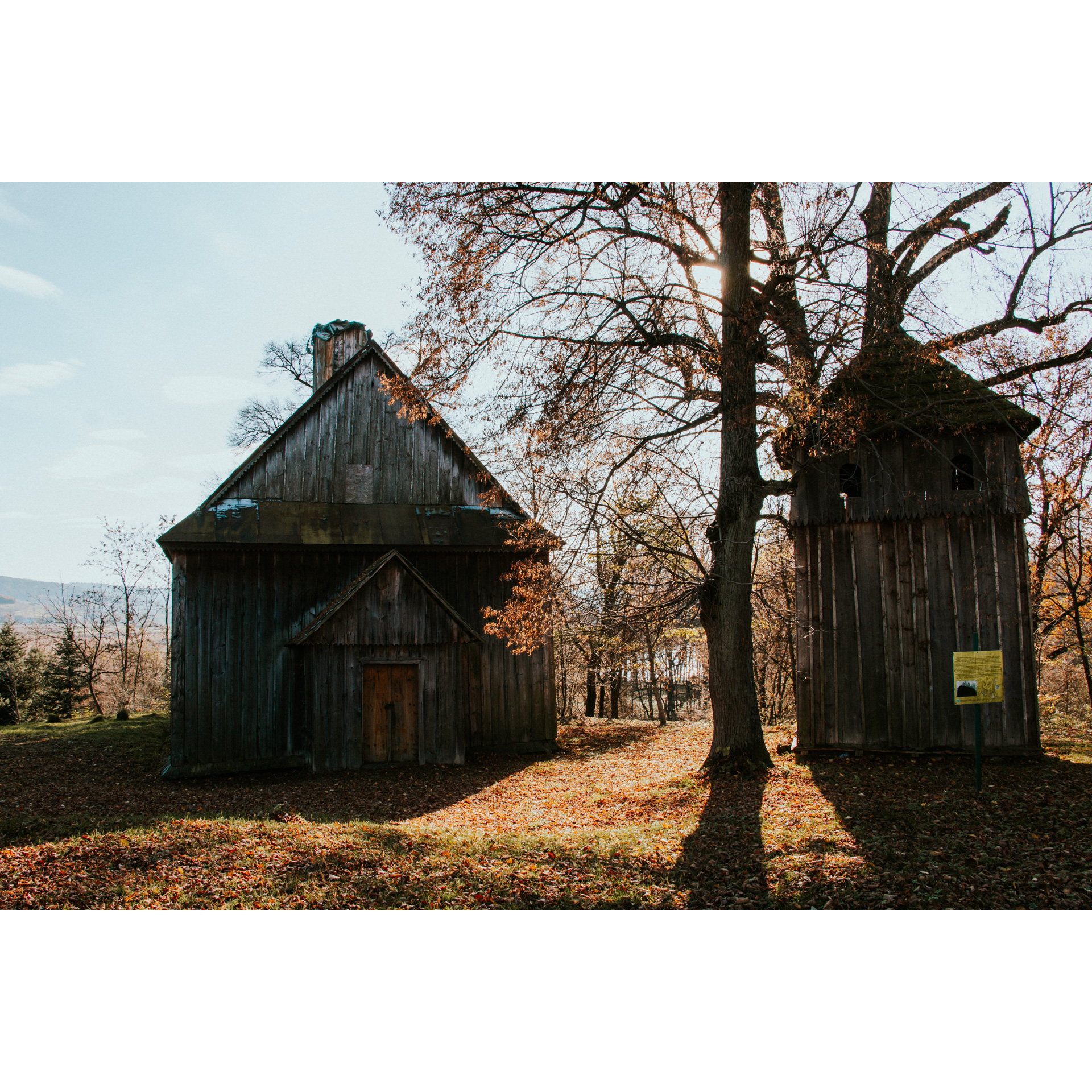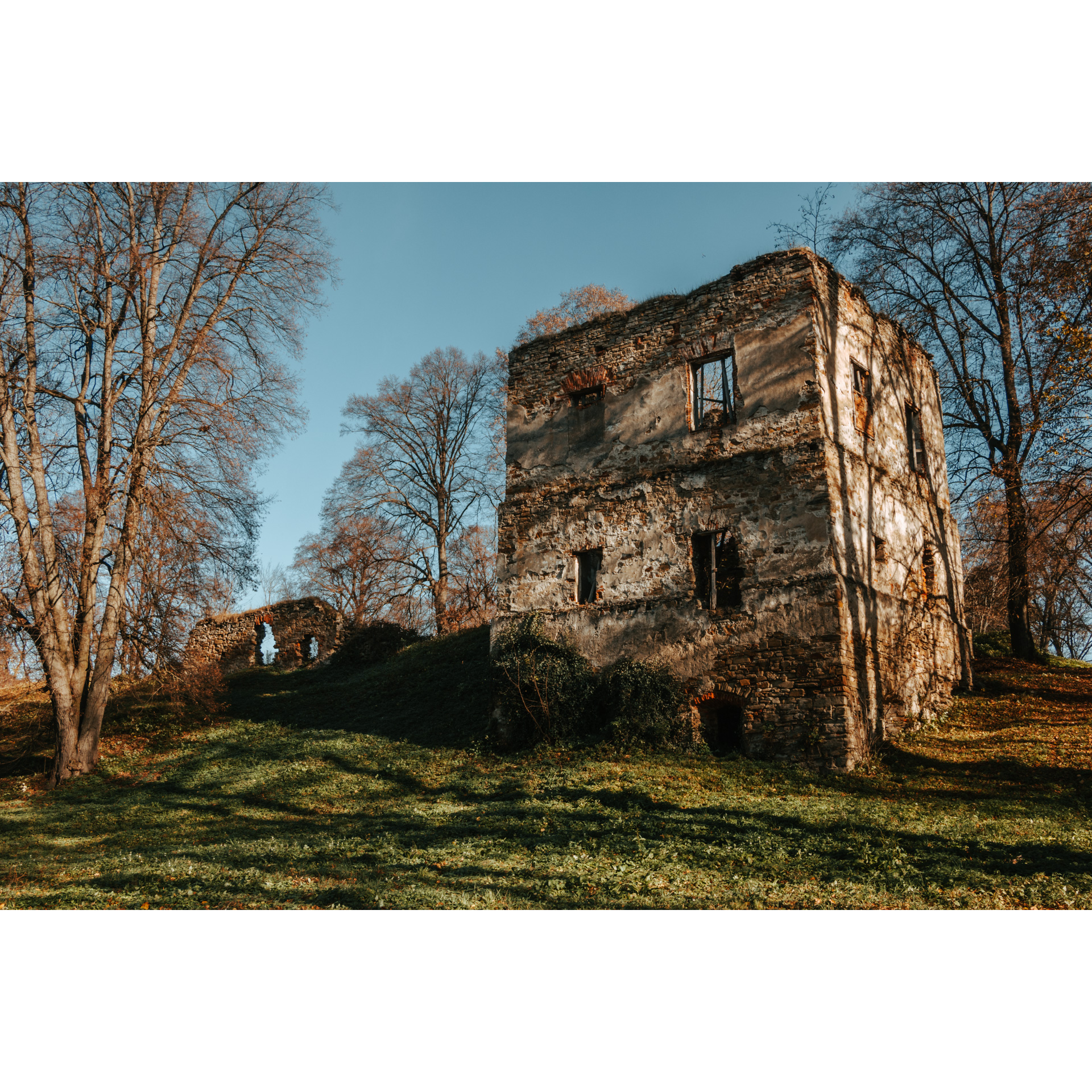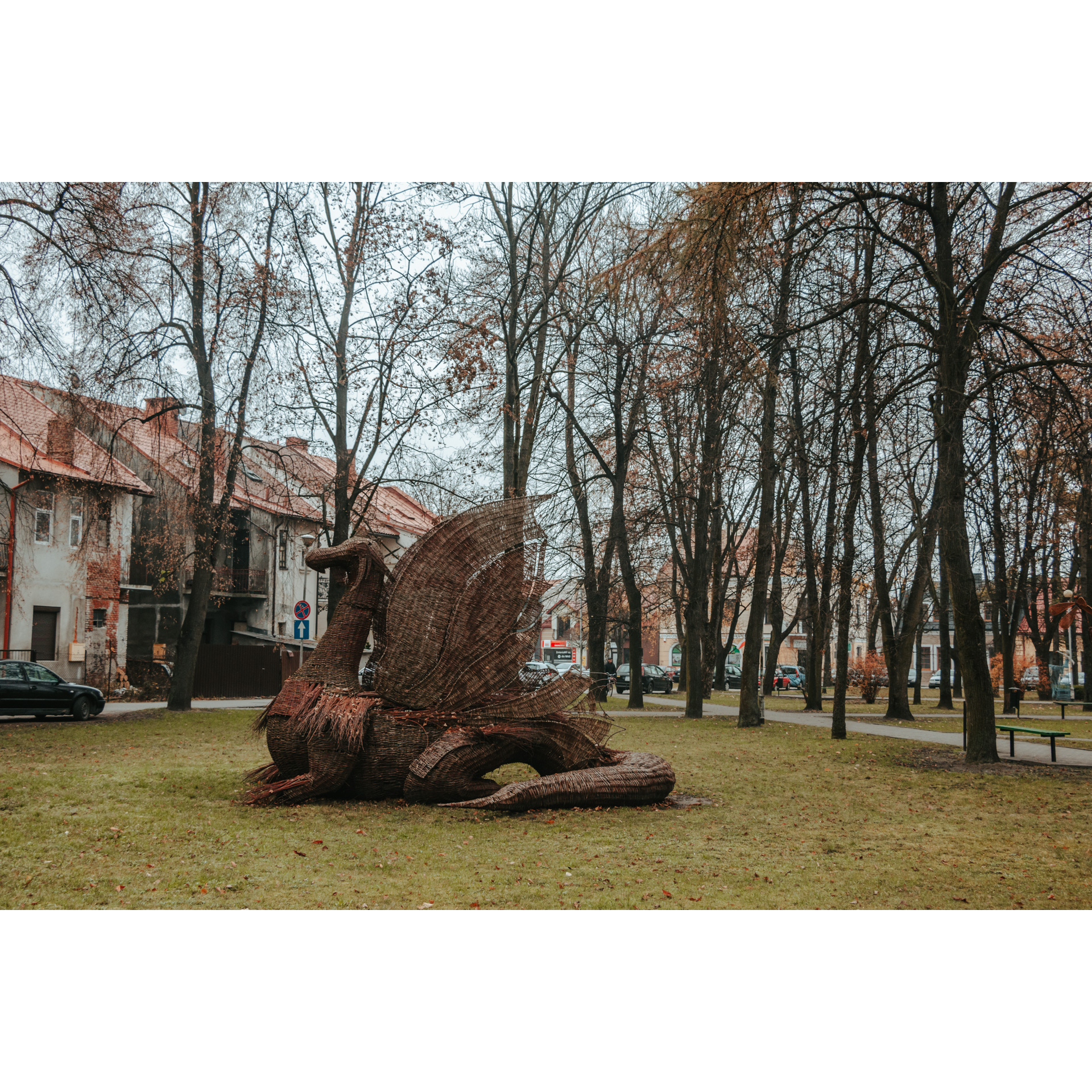
Rudnik nad Sanem
The capital of Polish wickerwork
Rudnik nad Sanem
An example of urban planning from the borderland between Podkarpackie and Lubelskie regions, and in the 19th century between Austro-Hungarian Galicia and the Polish Kingdom under Russian annexation. Situated on the San River, or more closely on its tributary, the Rudna River. It consists mostly of low-rise single-family housing, mostly 20th century. The architectural landscape of the town was influenced by the fierce battles fought here during the World War I. Those battles resulted in enormous damage to the town and many thousands of dead, buried in necropolises in Rudnik itself and the surrounding area. The town is famous for its wickerwork.
